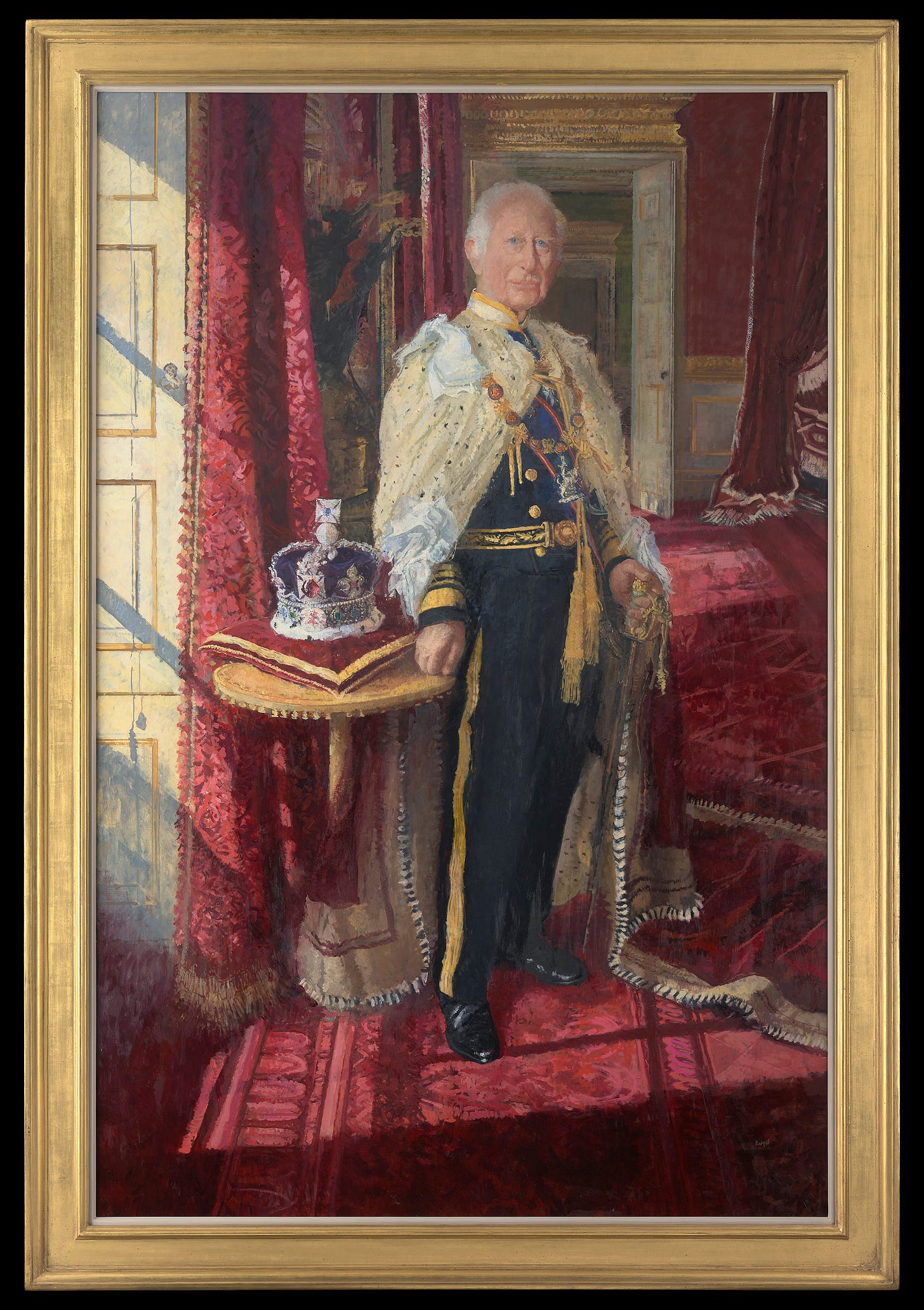Portraits are very personal. Everyone, from sitter and artist to the general public, has their own strong opinion of the creation. The intensity of those reactions seem especially strong when the portraits are destined to be hung on the walls of palaces and castles, near those commissioned by umpteen generations of royals.
Keep reading with a 7-day free trial
Subscribe to WRITE ROYALTY by Patricia Treble to keep reading this post and get 7 days of free access to the full post archives.




